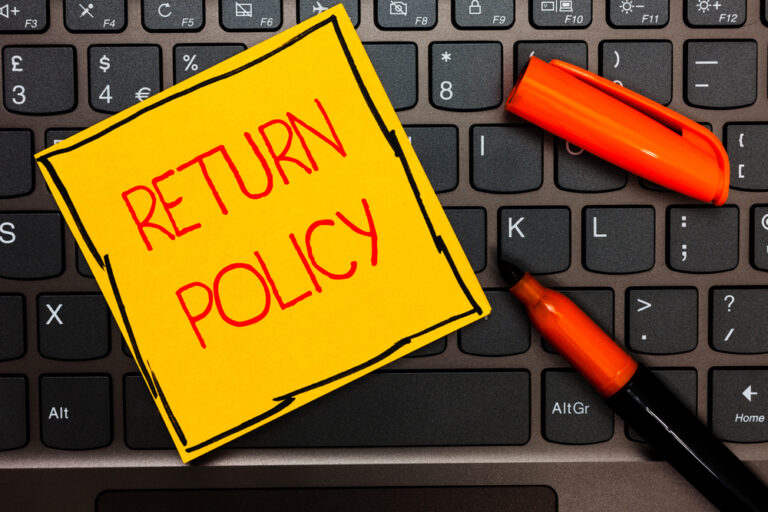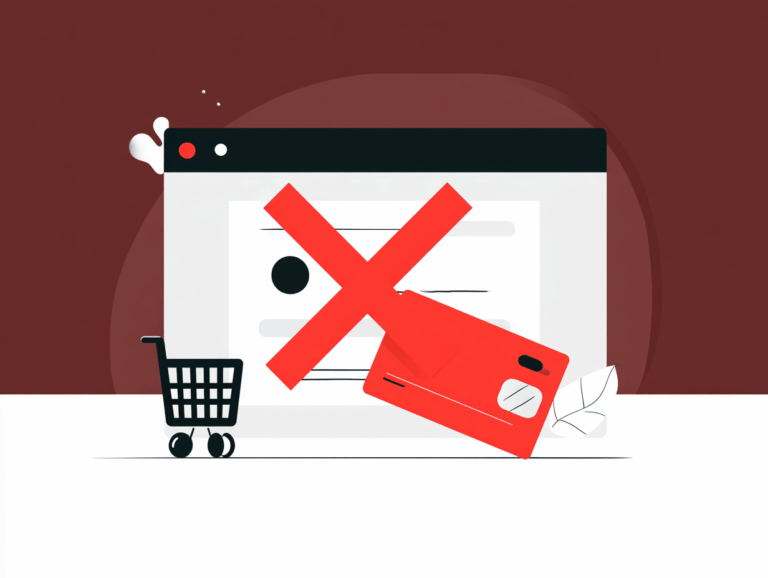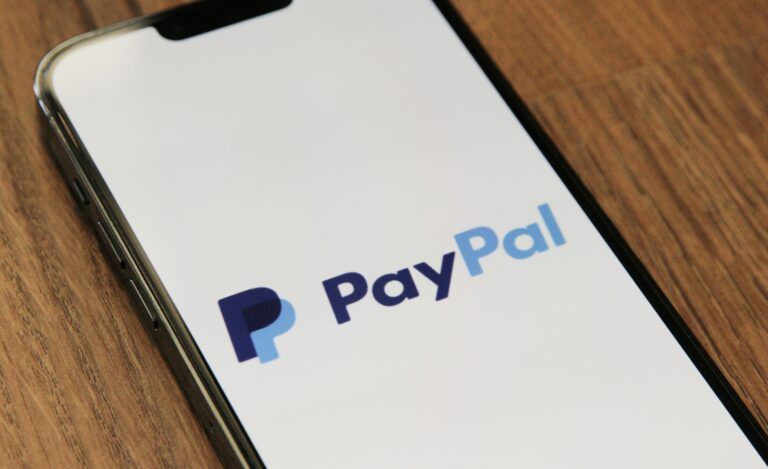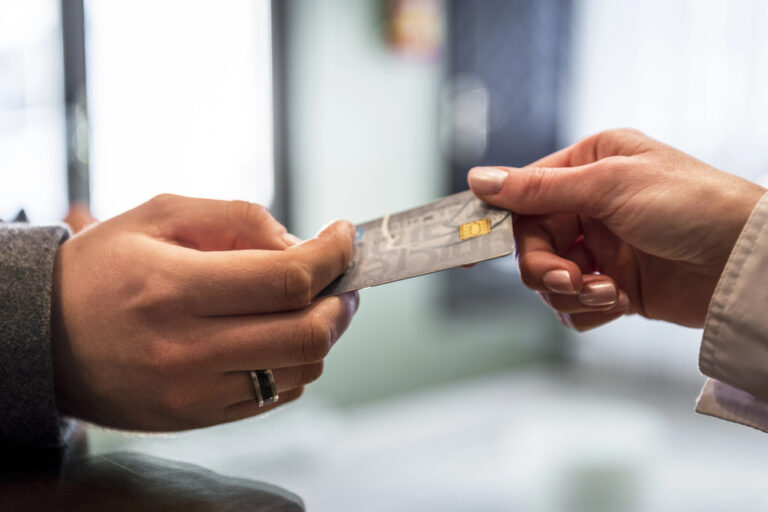Yes, this is yet another number you should be familiar with. But merchant IDs are one of the most important identifiers for your business and shouldn’t go overlooked.
GET YOUR MERCHANT ID TODAY
What is a Merchant ID (MID)?
A payment processor or acquiring bank assigns a unique 15-digit number, known as a Merchant ID (MID), to a business. The MID identifies the merchant and links them to the payment system, which enables secure electronic transactions to take place.
Basically, your MID is what lets you accept payments. Without payments, you can’t make a sale and thus you don’t have a business.
NEED PAYMENT PROCESSING? WE CAN HELP!
How Merchant IDs Work
When a customer makes a purchase, the MID associates that specific transaction with the corresponding merchant, creating a clear link between the two parties. This association enables several key functions in the payment ecosystem.
- First, the MID allows payment processors and acquiring banks to accurately track and monitor all transactions tied to a particular merchant. This tracking capability is essential for maintaining detailed records, generating sales reports, and reconciling accounts.
- Second, the MID acts as a powerful tool for preventing fraud. By analyzing transaction patterns and identifying any suspicious activities linked to a specific MID, payment processors can quickly detect and flag potential fraudulent behavior, helping to protect both merchants and consumers from financial losses.
- Third, the MID ensures that payments are routed correctly to the appropriate merchant’s account. When a customer makes a purchase, the MID guarantees that the funds are directed to the correct destination, preventing any misdirected or lost payments.
To better understand the concept of a Merchant ID, consider it as a “digital fingerprint” that uniquely identifies each merchant within the vast payment ecosystem. Just as a physical fingerprint distinguishes one person from another, the MID sets each merchant apart, ensuring that their transactions, reputation, and financial activities are accurately recorded and managed.
ENSURE YOUR MID REFLECTS YOUR BUSINESS CORRECTLY
Obtaining a Merchant ID
Acquiring a Merchant ID (MID) is a straightforward process that occurs when a business sets up a merchant account with a credit card processor or acquiring bank. In most cases, the MID is automatically issued by the credit card processor when the business signs up for a merchant account.
To obtain a merchant account and receive an MID, businesses must go through an application process. This process typically involves providing detailed information about the business, such as its legal structure, ownership, and financial history. The acquiring bank or payment processor will also conduct credit checks on the business and its owners to assess their creditworthiness and evaluate any potential risks.
During the application process, businesses will need to agree to the terms and conditions set forth by the acquiring bank or payment processor. These terms may include provisions related to transaction fees, chargeback policies, and security requirements.
Once the application is approved, the acquiring bank or payment processor will set up the merchant account and issue a unique MID to the business. This MID will be used to identify the business in all future payment transactions processed through that account.
Finding Your Merchant ID
If you have a merchant account, follow these steps to locate your Merchant ID (MID):
- Examine your monthly merchant account statements.
- Look for a 15-digit number, typically located in the top right corner of the statement.
- This number is likely to be your MID, as it is prominently displayed on these documents.
- Reach out to your merchant account provider or payment processor.
- Contact their customer support team via phone, email, or live chat.
- Provide your business details and request assistance in finding your MID.
- They will securely verify your identity and provide you with the necessary information.
- Inspect your physical payment terminals:
- Carefully examine the sides and bottom of your credit card machines or point-of-sale devices.
- Look for a label or sticker that displays a 15-digit number.
- This number, often referred to as the Terminal ID (TID), is typically associated with your MID.
- Review your regular business bank statements:
- Scan through your monthly bank statements, focusing on the sections detailing electronic payment transactions.
- Keep an eye out for a partial or truncated 15-digit number.
- While the full MID may not be shown, this partial information can help you identify the complete number when combined with other sources.
By following these steps, you should be able to successfully locate your Merchant ID. If you encounter any difficulties or have further questions, don’t hesitate to reach out to your merchant account provider or payment processor for personalized assistance.
Can I have multiple merchant IDs?
While a single Merchant ID (MID) is sufficient for many businesses, some may require multiple MIDs to accommodate their unique organizational structures or sales strategies.
Larger enterprises, in particular, often have several distinct business units, each operating as a separate entity with its own financial reporting requirements. By assigning a unique MID to each unit, these businesses can efficiently track and manage the financial performance of individual divisions.
Additionally, businesses with multiple physical locations or sales channels, such as online stores and brick-and-mortar shops, may opt for separate MIDs to gain granular insights into the performance of each outlet.
For example, a retail store that houses a cafe within its premises might choose to have distinct MIDs for the store and the cafe, allowing them to monitor sales and manage inventory separately for each entity. This approach enables businesses to make data-driven decisions and optimize their operations based on the specific needs and performance of each unit or channel.
OPEN YOUR SECOND MID WITH DIRECTPAYNET
Protecting Your Merchant ID
Just like a driver’s license, an MID can be revoked if you’re not careful. If your business experiences an excessive number of chargebacks or fraudulent transactions, your payment processor or acquiring bank may decide to terminate your MID, leaving you unable to process electronic payments.
To prevent this from happening, you need to be proactive in safeguarding your MID. One of the most effective ways to do this is by implementing strong security measures, such as requiring CVV (Card Verification Value) and address verification for all transactions. These extra layers of authentication help ensure that the person making the purchase is the legitimate cardholder, reducing the risk of fraudulent activities.
Another key aspect of protecting your MID is maintaining high levels of customer satisfaction. When customers are happy with their purchase and the overall experience, they’re less likely to initiate chargebacks. Make sure you provide clear product descriptions, responsive customer service, and a straightforward return policy.
GET SET UP WITH FRAUD ALERTS TODAY
Merchant IDs vs Other Identifiers
There are several types of identifiers that work alongside Merchant IDs (MIDs) to facilitate smooth transactions. While they may seem similar, each identifier serves a distinct purpose.
- First, let’s talk about Gateway IDs (GIDs). A GID is a unique identifier assigned to a payment gateway account. Payment gateways are like the middlemen between merchants and acquiring banks, securely transmitting transaction data. The GID helps route transactions to the appropriate gateway for processing.
- Next up, we have Terminal IDs (TIDs). A TID is assigned to each physical payment terminal or point-of-sale device used by a merchant. This identifier allows payment processors to track transactions made through specific terminals, which is useful for troubleshooting and monitoring sales performance across different locations.
- Then, you have the Merchant Category Code (MCC). The MCC is a code that determines which category your business falls under. MCCs tell issuing banks what type of business you are and tell payment processors what rate to set fees and charges. Your Merchant Category Code should always match your business type, though you may fall under multiple MCCs.
- Lastly, there’s the Merchant Account ID. This identifier is associated with a merchant’s overall account with their payment processor. It’s like an umbrella under which multiple MIDs can exist. For example, if you use Stripe as your payment processor, your Merchant Account ID would be your unique Stripe account number.
Merchant IDs and Payment Processors
When it comes to payment processors, some offer end-to-end solutions that simplify the process for merchants. Companies like Stripe and Checkout.com handle all aspects of payment processing, including the assignment and management of MIDs.
If you’re using one of these end-to-end processors, you likely won’t need to worry about your MID on a day-to-day basis. However, these services don’t offer the full benefits your MID can grant you and are often limited in monthly processing volume. They’re not designed to scale.
Reach your business’ full potential with a payment processor that scales with you and with a merchant services provider that works beside you to help clarify every aspect of your account.









